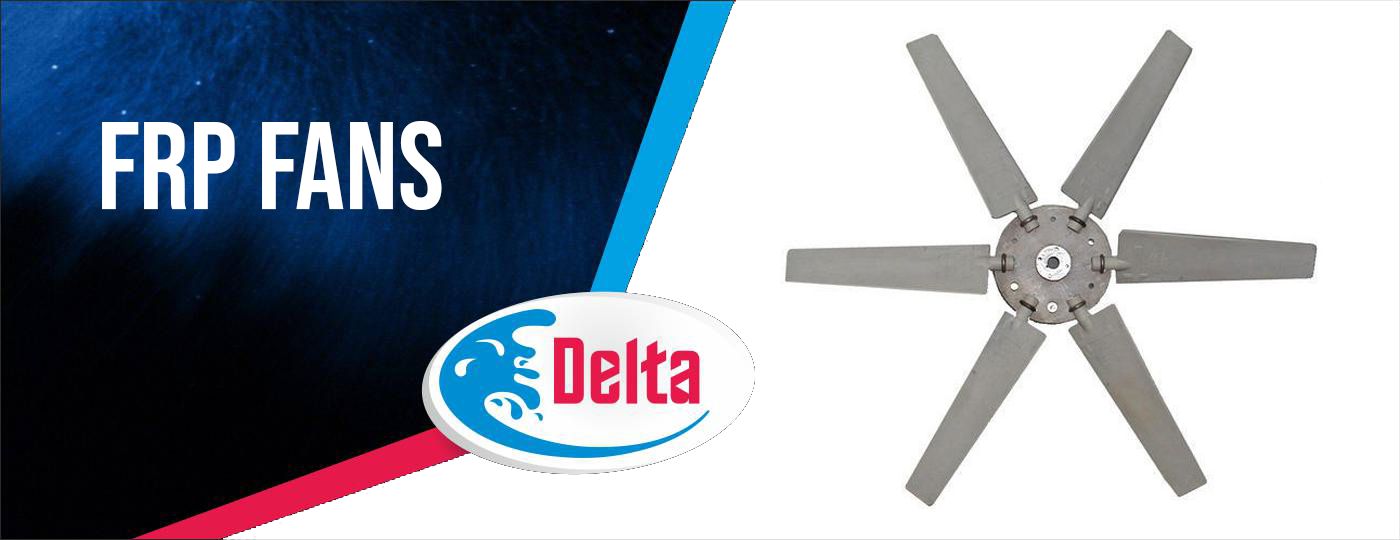Toll Free
1800-111-117
FRP ENERGY EFFICIENT FANS
CT fan is the most important component of cooling tower, which plays a major role in transferring the heat from water to air. The fan, directly driven by an electric motor draws the heavy air velocity through the cooling tower in the axial direction. This is the only part of cooling tower which consumes external energy in the form of electricity. Therefore while choosing a fan; your investments should be wisely made to save you money and energy. We should conserve the energy, not only to save the money but to reduce our nation’s overall demand for resources needed to make energy. Increasing your energy efficiency is like adding another clean energy source to our electric power grid.To ensure the best performance and power consumption, we have developed the special FRP Fan, which is a highly energy efficient axial product. These fans are specifically designed to meet the demands of cooling towers for all tropical conditions. FRP Energy Efficient Fans are made using quality raw materials and advanced technology to deliver high performance at lower noise level. We make sure that these fans save up to 25% power as compared to conventional aluminum fans.
Reinforced fiber glass polyester resin provides non-corrosive and shock absorbent quality to the CT fan blades, which make them withstand aggressive environment. In addition, it also reduces material cost, installation cost and possibility of damage to the fan during sudden stops. Delta’s FRP fans are electronically balanced on computerised dynamic balancing machines, which ensure maximum outputs on low vibrations.
The adjustable pitch enables the engineers or technicians to alter the pitch angles easily in order to optimize fan performance. The basic criterion of efficient axial flow fan design is uniform velocity over the entire blade area. For this, a fan blade must vary from a thin tip to thick cambered root. The proper combination of chord (blade width) and angle must be maintained at each point on the blade. These blades are jig-formed to provide the complex contour, which is required for the high aerodynamic efficiency.


